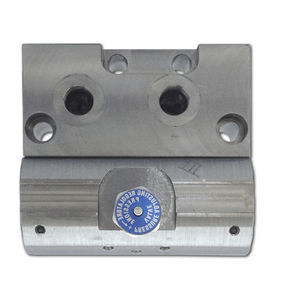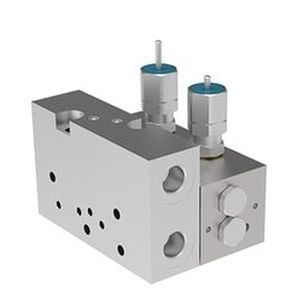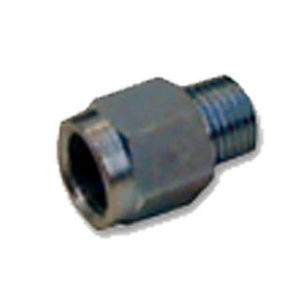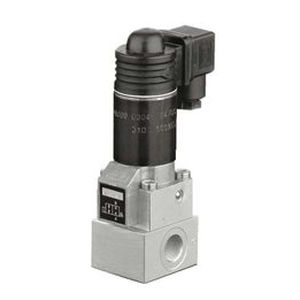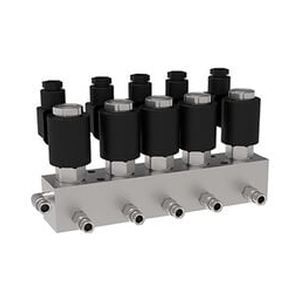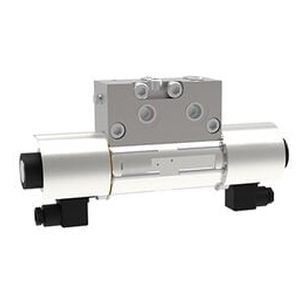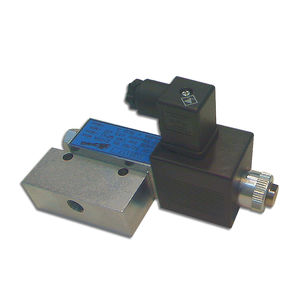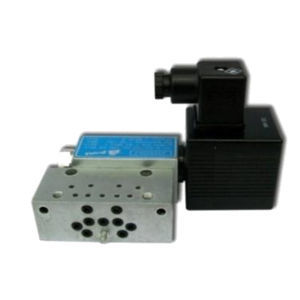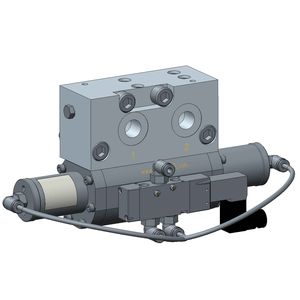
Electropneumatic valve control4/2-waydual-line

Add to favorites
Compare this product
Characteristics
- Operation
- electropneumatic
- Function
- control
- Number of channels
- 4/2-way
- Other characteristics
- dual-line, grease, ATEX
- Pressure
Max.: 400 bar
(5,801.5 psi)Min.: 0 bar
(0 psi)- Temperature
Max.: 50 °C
(122 °F)Min.: -10 °C
(14 °F)
Description
4/2 ATEX electro-pneumatic valve
Key features:
- Supply voltage: 24V DC/AC – 110/230V AC24V DC
- Maximum flow rate: 400cc/min
- Operating pressure, max: 400 bar
-Temperature of use: - 10 ÷ + 50 °C (+14 ÷ +122F)
- Storage temperature: - 40 ÷ +65 °C (+40 ÷ +149F)
- Lubricants: Grease, max. NLGI2
The electro-pneumatic valve 4/2 ATEX 94/9/EC directive ‘ATEX’ is a variant of 4/2 electropneumatic valve designed to operate in potentially hazardous environments, for areas classified as Zone 1 and 21 due to the presence of Group-IIC flammable gases and combustible powders.
The 4/2 electropneumatic valve is fully protected against the external environment and can operate without difficulty even in the most severe environmental conditions.
Its function entails alternatively establishing a connection with pump’s supply and one of the two delivery lines, thereby simultaneously allowing a release in pressure in the other to occur.In a resting state, the valve closes both of the lines.
APPLICATIONS
Indicated in particular for dual-line systems with SUMO-line DropsA pumps.
Catalogs
No catalogs are available for this product.
See all of Dropsa spa‘s catalogsExhibitions
Meet this supplier at the following exhibition(s):


Related Searches
- Dropsa valve
- Control valve
- Stainless steel valve
- Pneumatic valve
- Electrically operated valve
- Regulating valve
- Stop valve
- Flap valve
- Non-return valve
- Electric valve
- ISO valve
- Directional control valve
- Normally closed solenoid valve
- 2-way solenoid valve
- Direct-operated solenoid valve
- Piston actuator valve
- Metal non-return valve
- Dropsa oil valve
- 2-way valve
- Hydraulic directional control valve
*Prices are pre-tax. They exclude delivery charges and customs duties and do not include additional charges for installation or activation options. Prices are indicative only and may vary by country, with changes to the cost of raw materials and exchange rates.



